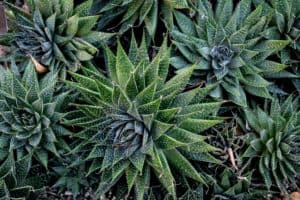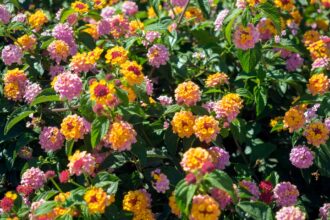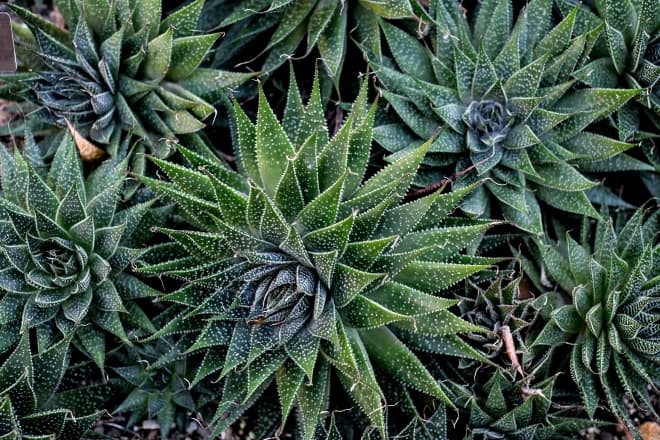
via: Unsplash / Dan Wayman
Otherwise known as Lace Aloe, Aloe aristata is a beautiful, fast-growing, and hardy plant. If you’ve recently got your hands on one of these incredible plants, you might be wondering how to care for succulents like these.
While it doesn’t take a gardening genius to care for an Aloe aristata, there are some things you should become aware of.
It’s always nice to have a new plant in your garden or your home, and it’s always a good idea to treat your plants as well as possible. Put a little bit of attention into it, and your plant will grow quickly.
Even if you don’t have a green thumb, you can follow this simple guide to learn everything you need to know about caring for Aloe aristata.
Contents
What is Aloe aristata?
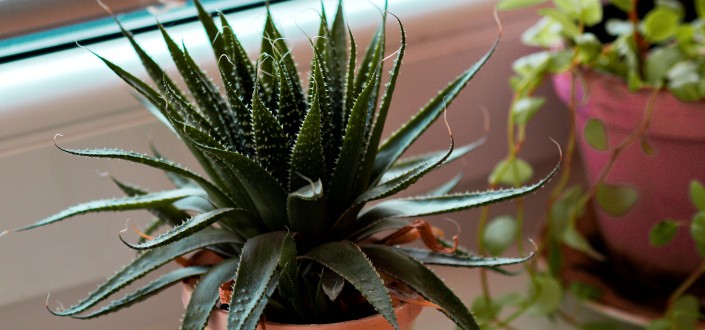
via: Pexels / Beata Dudová
Aloe aristrata comes from the Aloe family of plants. These succulents make incredible houseplants due to their cactus-like appearance and long, spindly leaves. While Aloe vera is famous for its juices, the Lace aloe is renowned for its beautiful red and orange flowers.
Gardeners also love Lace aloe for its yellow spots that appear on its green leaves, along with its soft white spines.
It is the lone plant in its genus, and it looks quite different compared to other aloe plants. This makes it a fun and unique addition to your home or garden.
Why is Knowing How To Grow And Care For Aloe aristata Important?

via: Unsplash / Nicole King
Learning how to grow and care for your Lace aloe is important because you will see the full potential of your plant with the right care. This plant has beautiful flowers, but you might not get to see them if your plant becomes stressed because of improper care.
In addition, caring for your plant is a great way to make sure it grows quickly. Learn how to water and feed your plant in the right way, and you’ll soon have a larger plant that becomes a much more impressive piece of decoration.
How To Grow lace aloe succulents (Aloe aristata)

via: Pexels / Sam Lion
Right off the bat, it’s important to note that this succulent is quite slow growing. No matter how well you care for your plant, you can’t expect it to suddenly shoot up within a few weeks.
On the flipside, lace aloe succulents are one of the toughest and strongest plants out there - especially among other aloes. Another nickname for this plant is “the torch plant,” and it is famous for growing just about everywhere in South Africa.
Lace aloes might be easy to grow, but you’ll only see it thrive if you give it extra special attention. If you’re committed to treating your succulent plant in the best way possible, continue reading to learn more about care tips.
1. Identify which type of succulent you have
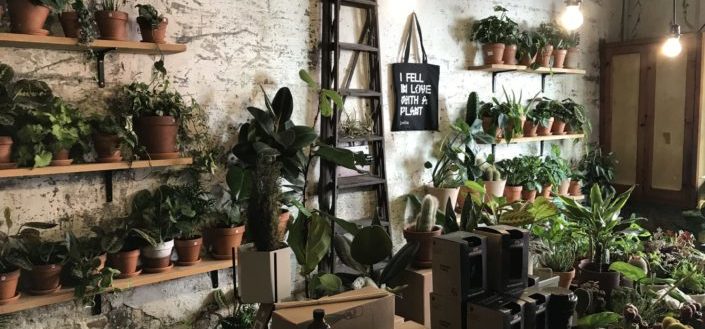
via: Pexels / Oleksandr Sapaiev
The first thing you’ll need to do is identify what kind of succulent you have in your hands. There are many different types of succulents, and they may require different kinds of care.
The Lace aloe is part of the Aloe family of plants, which is considered a succulent.
These types of plants are native to Africa and the Arabian Peninsula, and they come in many different shapes and sizes.
Perhaps the most famous Aloe plant is the Aloe vera. Its leaves create juices that people use for various skincare and natural medicine products.
A wide range of different Aloe plants make excellent indoor succulents, and these plants are becoming more and more common in homes across the world.
2. Know How To Water
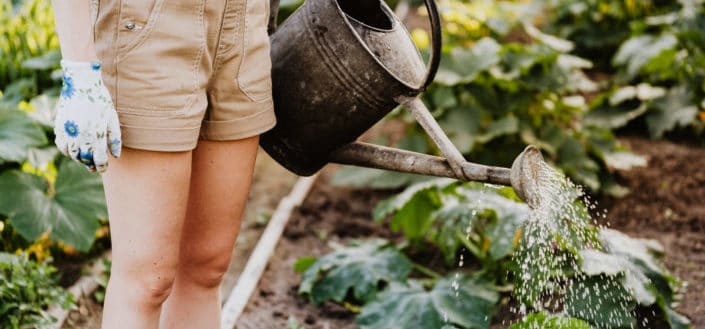
via: Pexels / Karolina Grabowska
Learning how to water succulents properly is one of the biggest challenges when it comes to these kinds of plants.
Many gardeners who are familiar with these kinds of plants recommend the “soak and dry method.”
To water your Aloe aristata according to the soak and dry method, all you need to do is follow a few easy steps. First, make sure to fully soak the soil with ample amounts of water.
Then, wait until the soil has completely dried before watering again. This approach will help you avoid overwatering.
Overwatering is a genuine issue when caring for Lace aloes, as these plants can be sensitive to having too much water.
Some experts recommend that you water more heavily while it’s still growing. This means that you might want to keep an extra close eye on your plant during the first year or so.
Once it has matured, it should require less water. This is because the succulent stems and leaves actually store water. It’s one of the most fascinating things about succulents in general.
If you’re worried about drying out, a simple solution is to simply plant it in a bigger pot. More soil decreases the chances of your plant drying out, especially if you adequately water the entire pot before using the “soak and dry” method.
Failing to water correctly can result in some pretty serious problems. During the summer months, lack of water can cause it to wilt or even die.
Yellow leaves may also start to appear if the plant is not being watered properly. To keep your plant looking as healthy as possible, make sure to water it enough.
3. Choose Where to Plant your Succulent

via: Unsplash / Elizabeth Kay
Choosing where to plant your Aloe aristata is another important consideration. Lace aloe is not cold hardy, which means that you might want to keep it indoors if it gets too chilly in your local area.
Many people like to keep theirs in containers by a window or another light source. This particular type of aloe does well in partial sun and partial shade. Always place yours in a room that gets a lot of sunlight - preferably by a south-facing window.
You can also use grow lights to keep it happy during the winter months. When your space doesn’t get much sunlight each day, this is a great option to keep your aloe growing at a fast rate.
If you put yours in the wrong place, it might stop growing entirely.
Choosing the type of soil is also important. Select soil that doesn’t hold on to water for too long. You should aim for pretty good drainage qualities, which is easy enough to find in normal dry soil or cactus mixes.
Another easy way to improve drainage is to add some pumice or perlite to the bottom of the pot.
4. Creating Flowers

via: Pexels / Rachel Claire
Seeing your Aloe aristata create flowers is one of the most rewarding experiences. In order to make this happen, you’ll need to keep a few things in mind.
First of all, your Aloe aristata probably won’t create flowers if it is kept in an environment that is too cold. Experts recommend that you keep your succulent above 10 degrees Celsius at all times if you want to see flowers.
Second of all, you may want to use fertilizer if you’re committed to creating flowers. While it’s still growing, you should fertilize at least once a month. Cut back on the fertilizer during winter and fall, and you should see some pretty amazing flowers.
5. Know How To Propagate Aloe aristata

via: Pexels / cottonbro
The great thing about growing is that it’s extremely easy to create more of them. This process is called propagation.
Learning how to propagate succulents can be tricky with some plant species, but it’s a breeze with the Aloe aristata.
As your Lace Aloe grows, you’ll see many offsets sprouting off around the base of the plant. All you need to do is gently pull these up and let them dry for a couple days.
Once you have a few dry offsets, simply replant them in their own pots. If you’re still having trouble, you might want to look for offsets that have already started to form rosettes of leaves.
Another good tip is to plant the offsets (also known as ‘pups’) in the same cactus mix that your main plant is growing in. This will make the transplanting process easier.
Plant the pups three quarters of an inch deep, and sprinkle a little bit of sand or perlite on top. This will reduce the chance of roots as your offsets begin to form roots.
You should notice new growth within just a couple of weeks. Once you have new Lace aloe plants, you can give them to your friends… or keep them for yourself!
6. Placing Your Aloe aristata

via: Pexels / Ksenia Chernaya
Once you have a number of plants from successful propagation, you might be struggling to find places for all of them.
Lace aloe succulent plants generally look amazing when placed on a shelf. You might also want to put your plant on a small table to create an interesting addition to your living room or bedroom.
You can even put your Lace Aloe plants in your bathroom or in your kitchen to create a fresh, welcoming vibe.
If you live in a hot enough climate, planting it outside is another solid option. These plants look incredible when placed next to other succulents, especially if you’ve got some kind of a theme going.
All succulents tend to look especially amazing when they’re planted in a little rock garden. Wherever you place your plants, they’ll look incredible.
More Awesome Succulents
Of course, Aloe aristata isn't the only succulent in the book. You can also spruce up your room with a whole range of other awesome succulents. If you're looking for ideas, just check out these amazing options:
- Also known as the "paddle plant," the Kalanchoe thyrsiflora is one of the easiest types of plants to grow indoors. For this reason, the Kalanchoe thyrsiflora is an excellent choice if you've never grown succulents before.
- Durable and beautiful, the Sansevieria cylindrica is an incredible addition to any room with its appealing stems. If you're looking for a slightly larger plant for your living room, this is an excellent choice.
- If you're looking for a succulent with incredible colors and shades, then you might want to pick up an Aeonium kiwi the next time you're at a plant nursery. This is another beginner-friendly plant.
In Conclusion
Now that you've learned the basics about caring for an Aloe aristata, you can confidently start growing this plant indoors or in your garden.
While learning how to care for succulents can be a little tricky, these are some of the most beginner-friendly plants on the planet.


